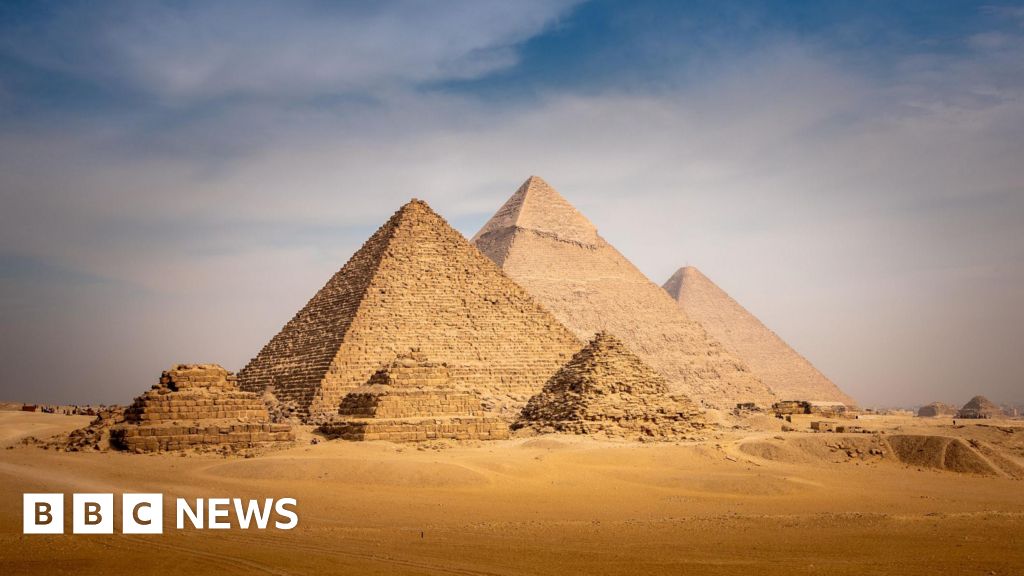
Egypt pyramids: Scientists may have solved mystery behind construction
- International
- May 17, 2024
- No Comment
- 128
Speaking to the BBC, one of the study’s co-authors, Dr Suzanne Onstine, said “locating the actual [river] branch and having the data that shows there was a waterway that could be used for the transportation of heavier blocks, equipment, people, everything, really helps us explain pyramid construction”.
The team found that the river branch – named the Ahramat branch, with “ahramat” meaning pyramids in Arabic – was roughly 64km (39 miles) long and between 200-700m (656-2,296 ft) wide.
And it bordered 31 pyramids, which were built between 4,700 and 3,700 years ago.
The discovery of this extinct river branch helps explain the high pyramid density between Giza and Lisht (the site of Middle Kingdom burials), in what is now an inhospitable area of the Saharan desert.
The river branch’s proximity to the pyramid complexes suggests that it was “active and operational during the construction phase of these pyramids”, the paper said.
Dr Onstine explained that ancient Egyptians could “use the river’s energy to carry these heavy blocks, rather than human labour,” adding, “it’s just a lot less effort”.
The River Nile was the lifeline of Ancient Egypt – and remains so to this day.
#Egypt #pyramids #Scientists #solved #mystery #construction








